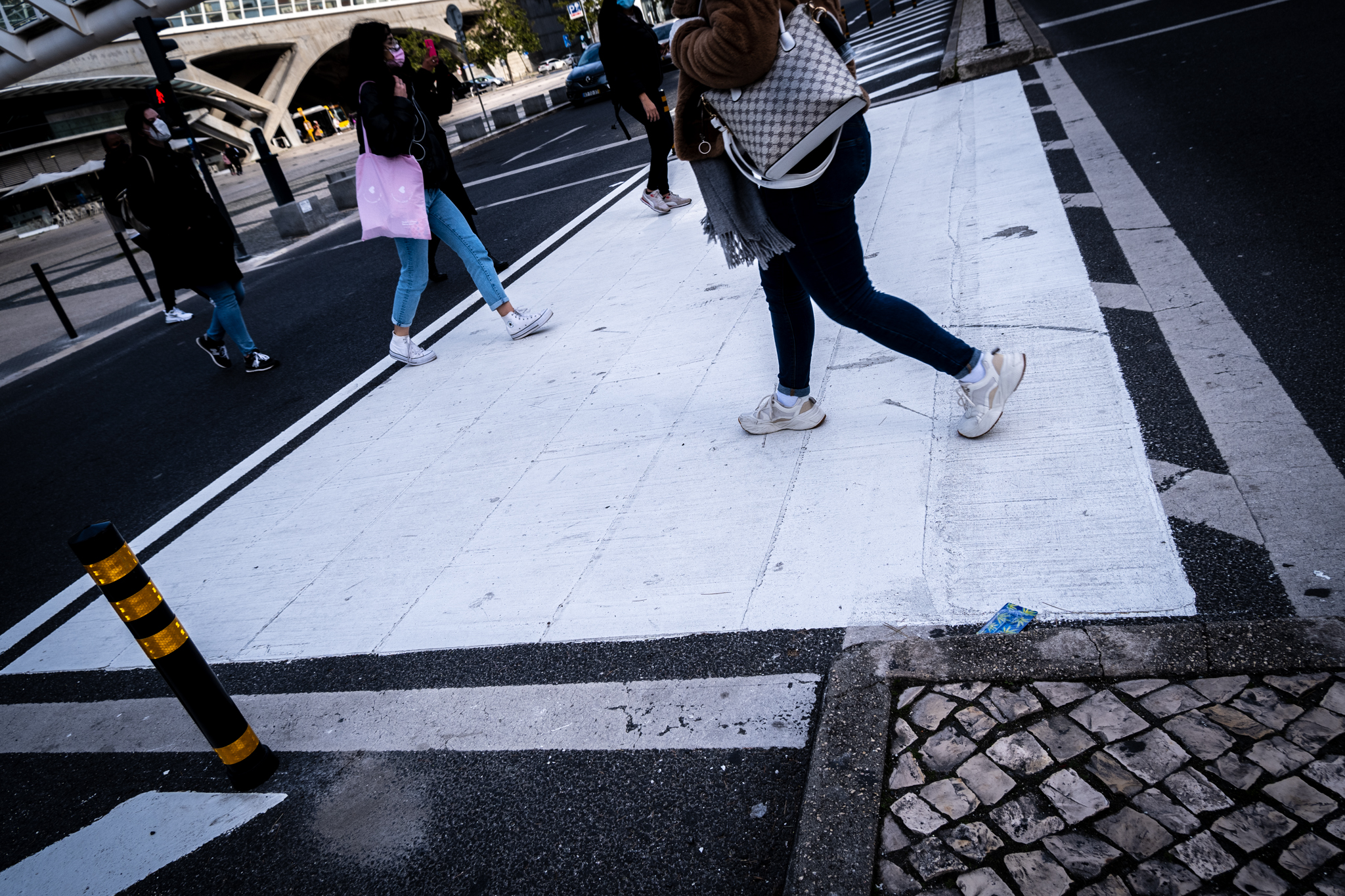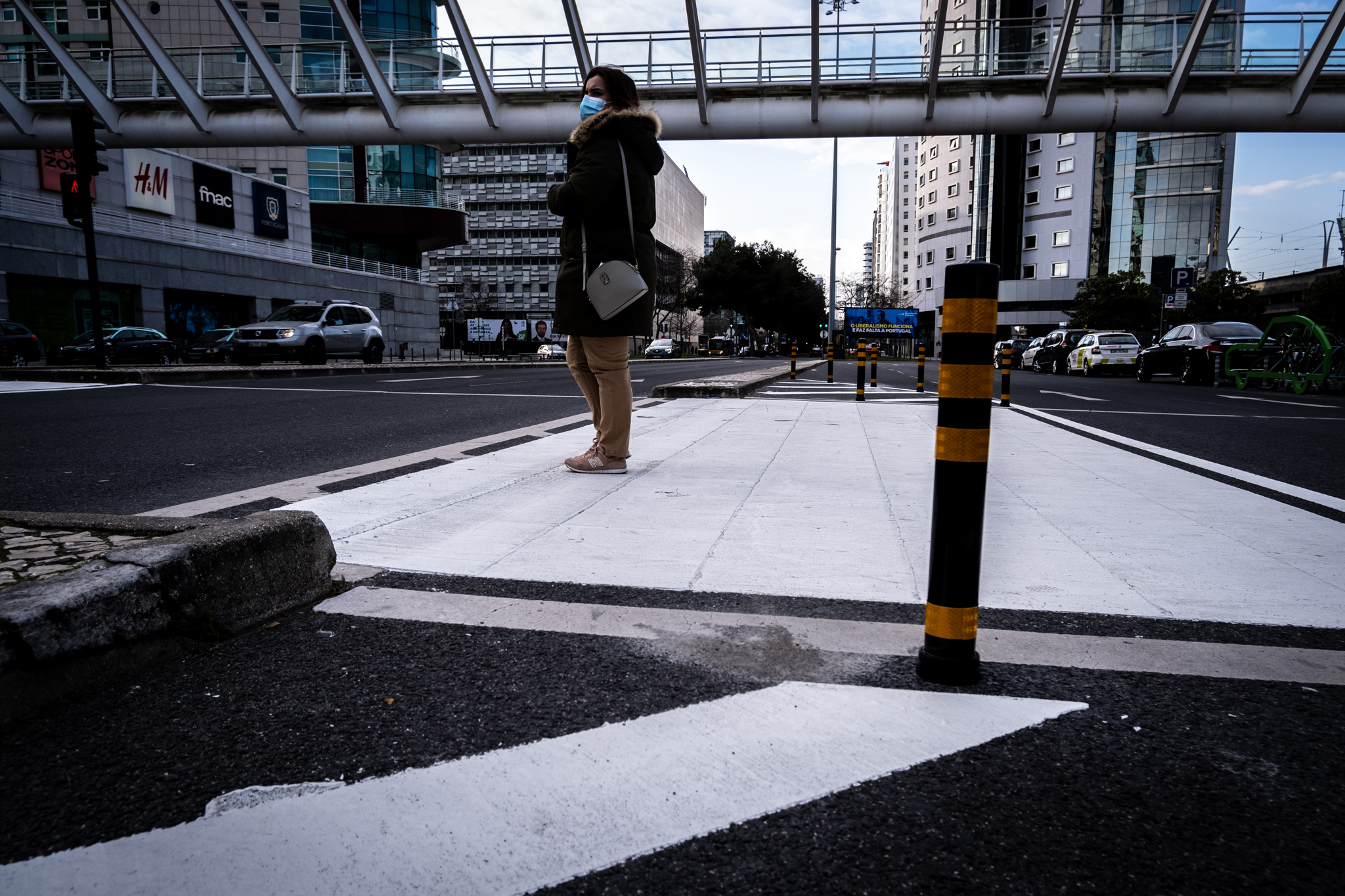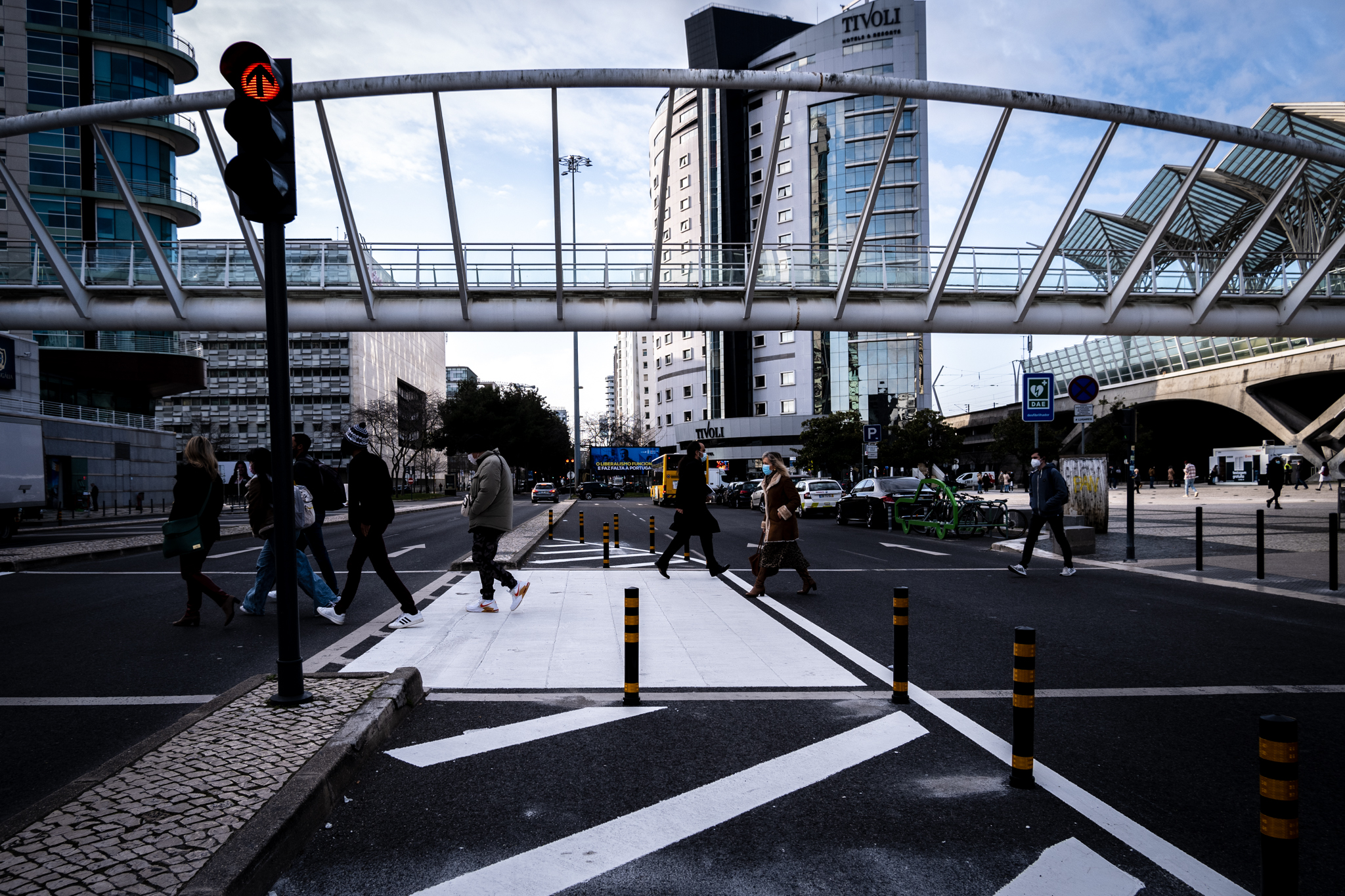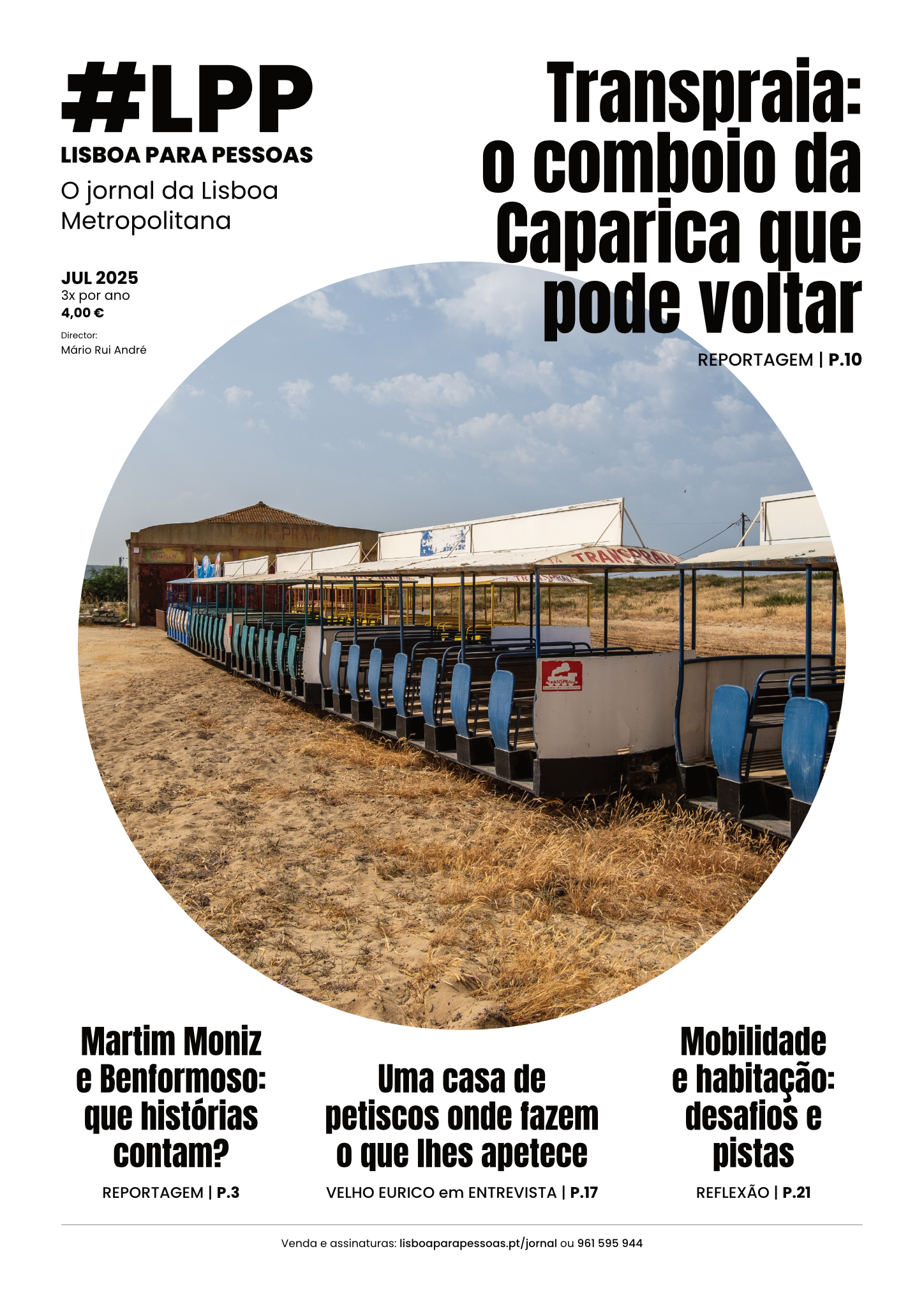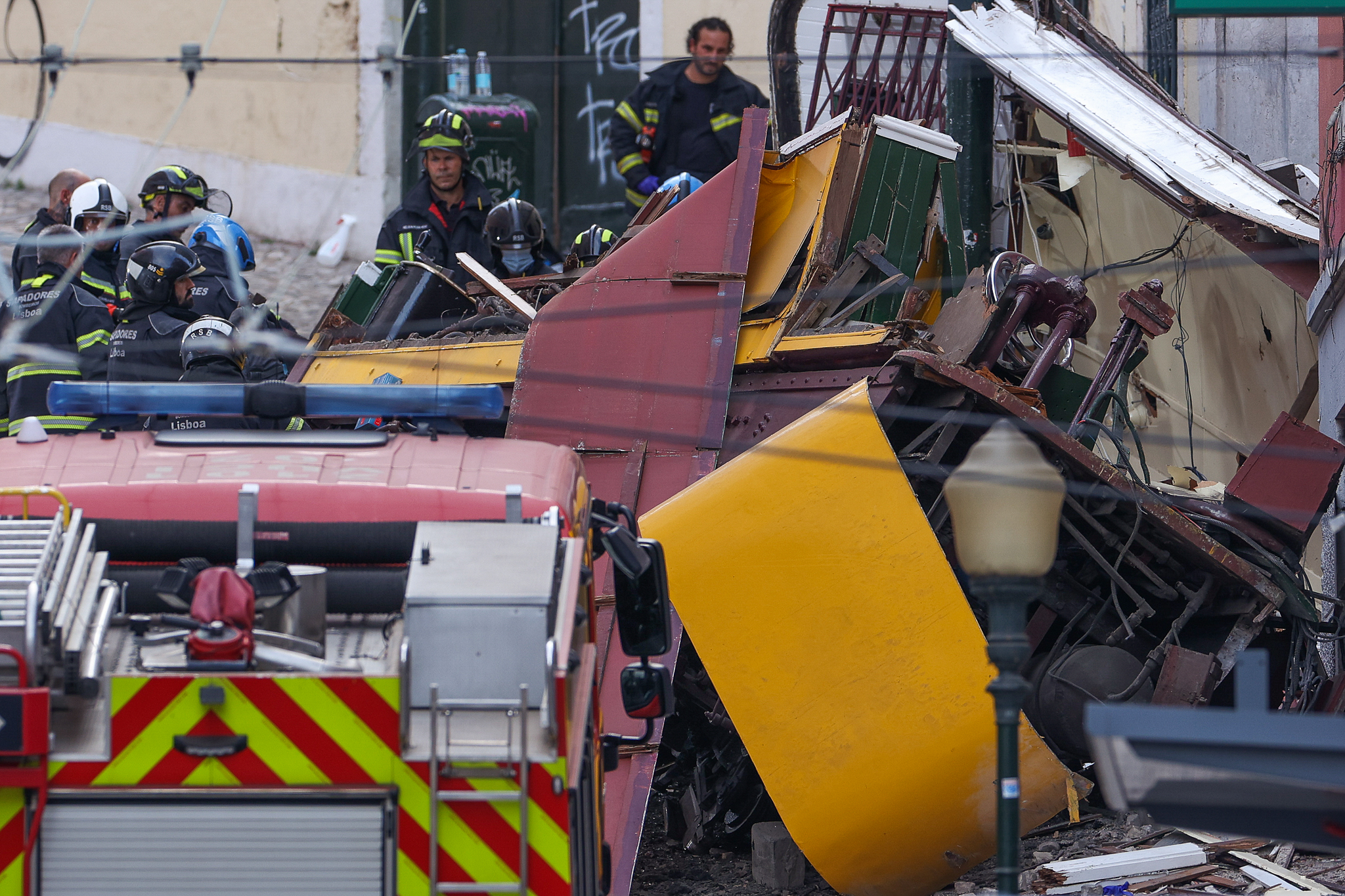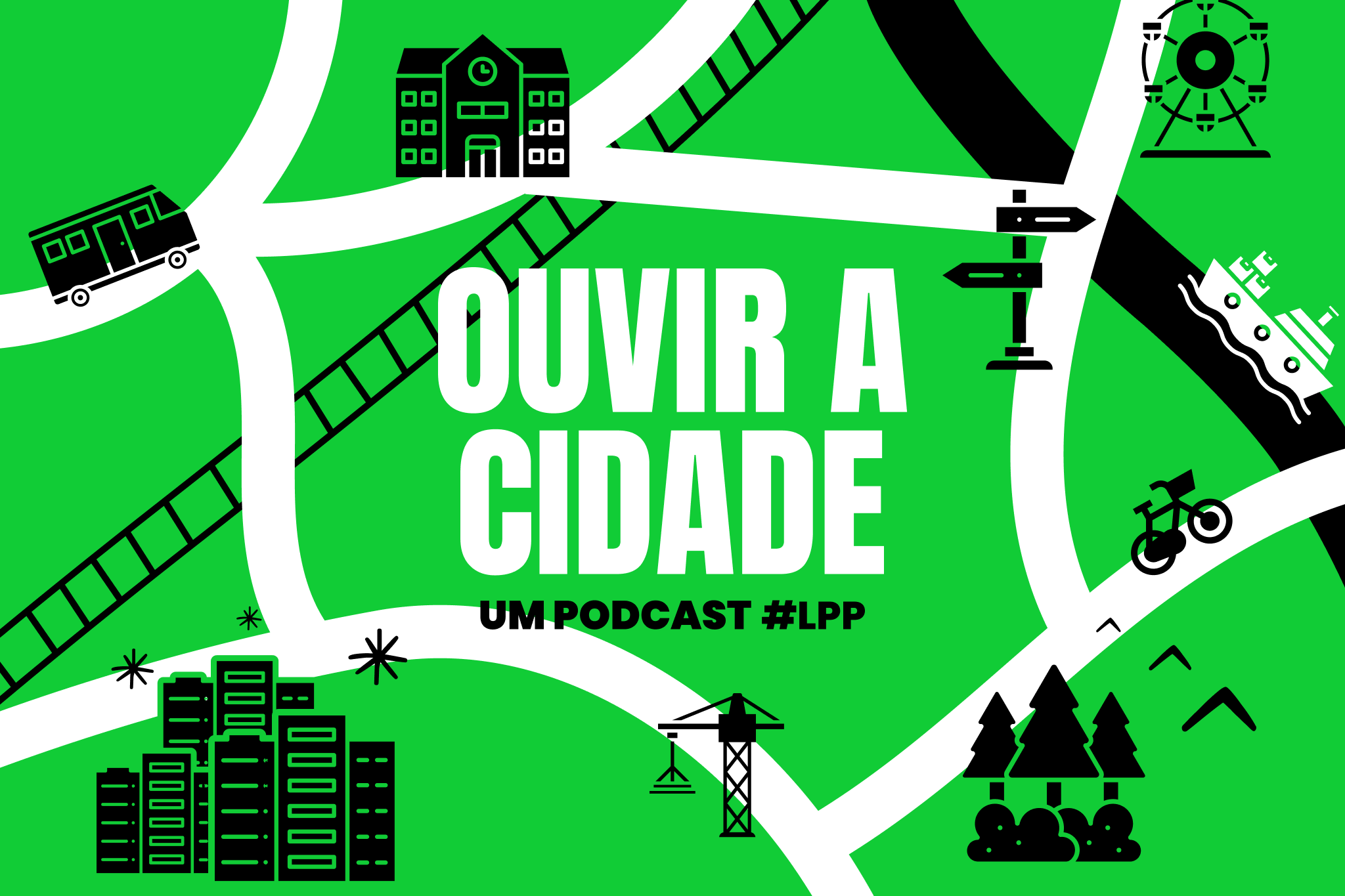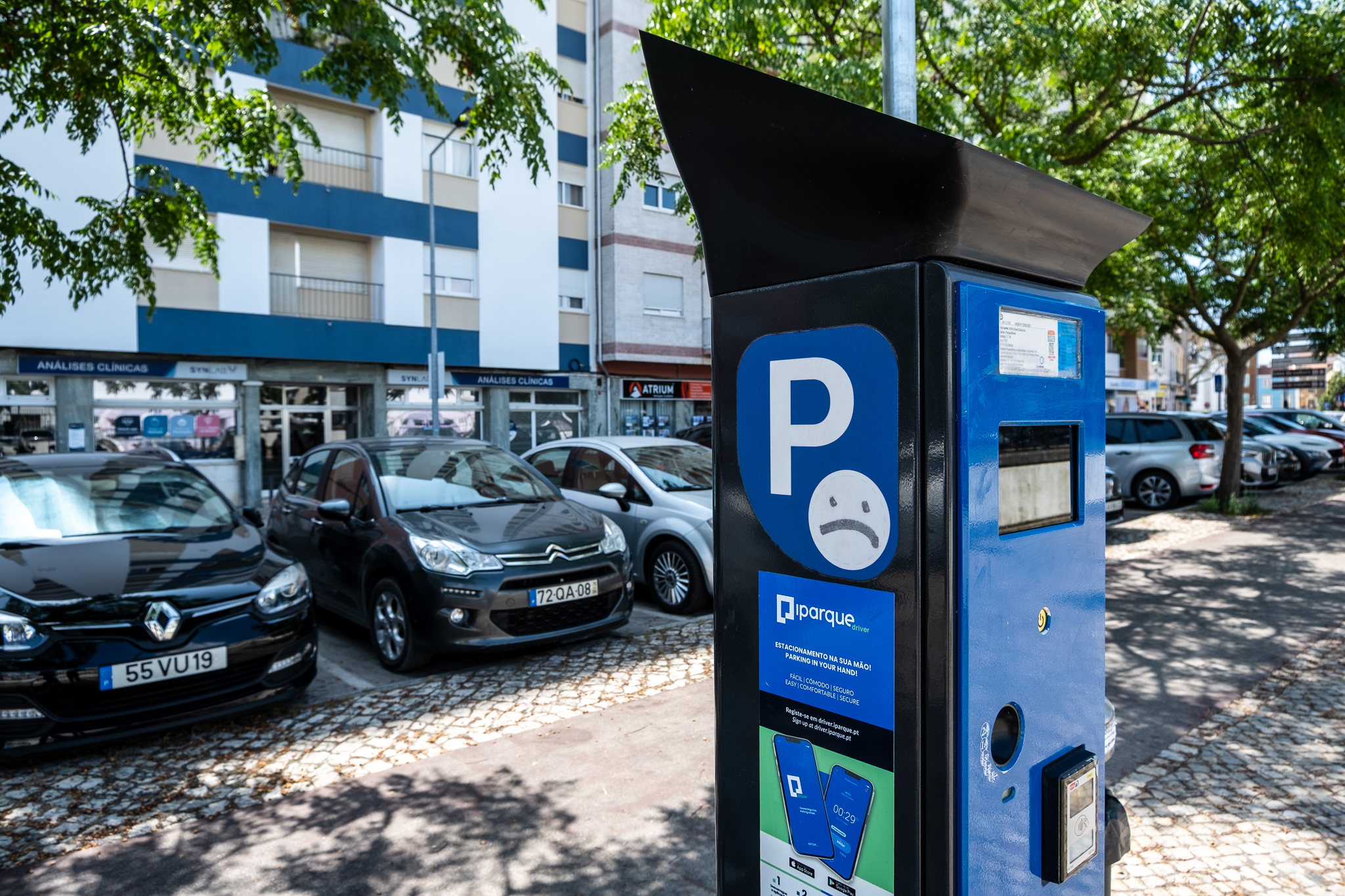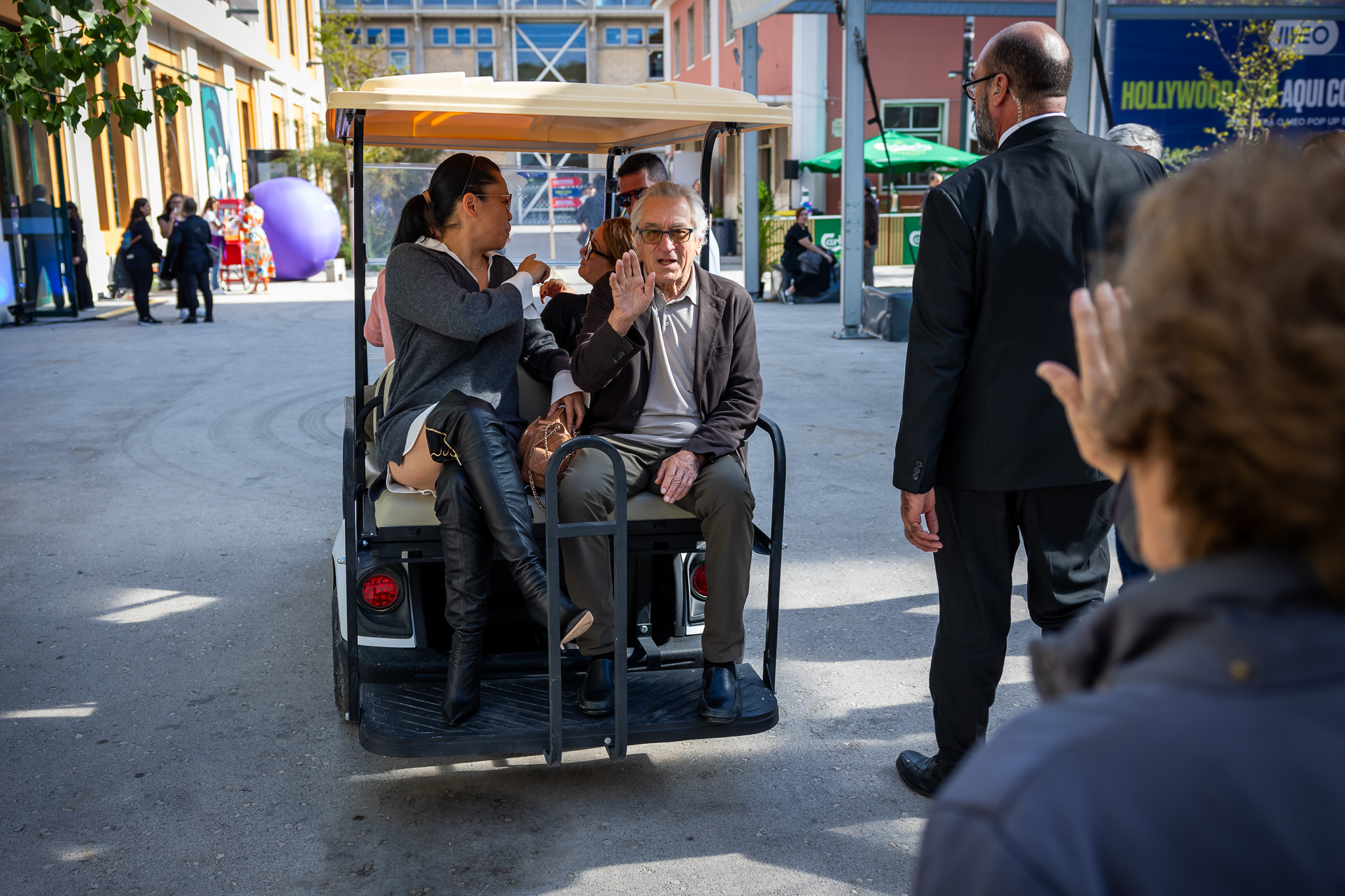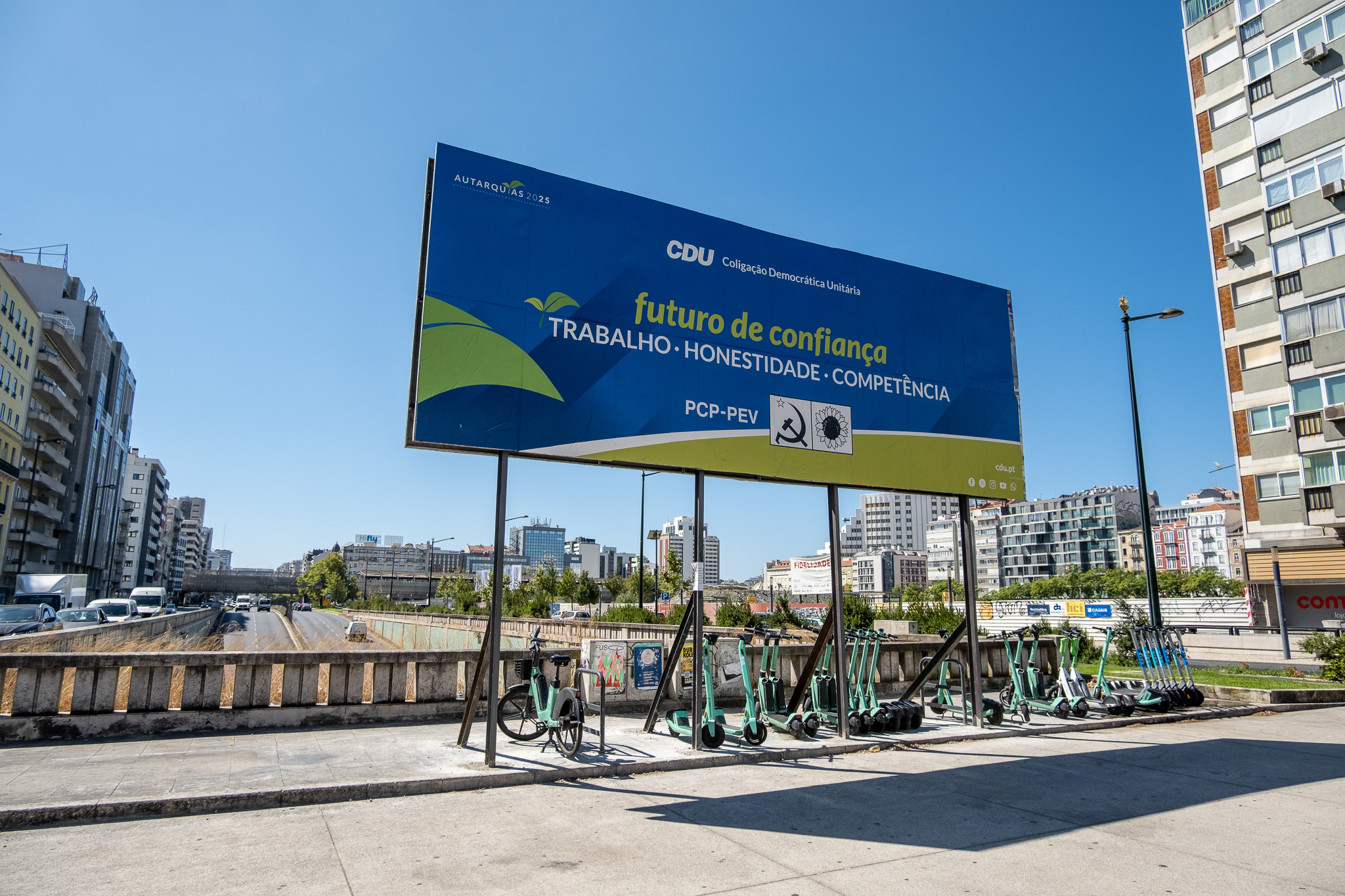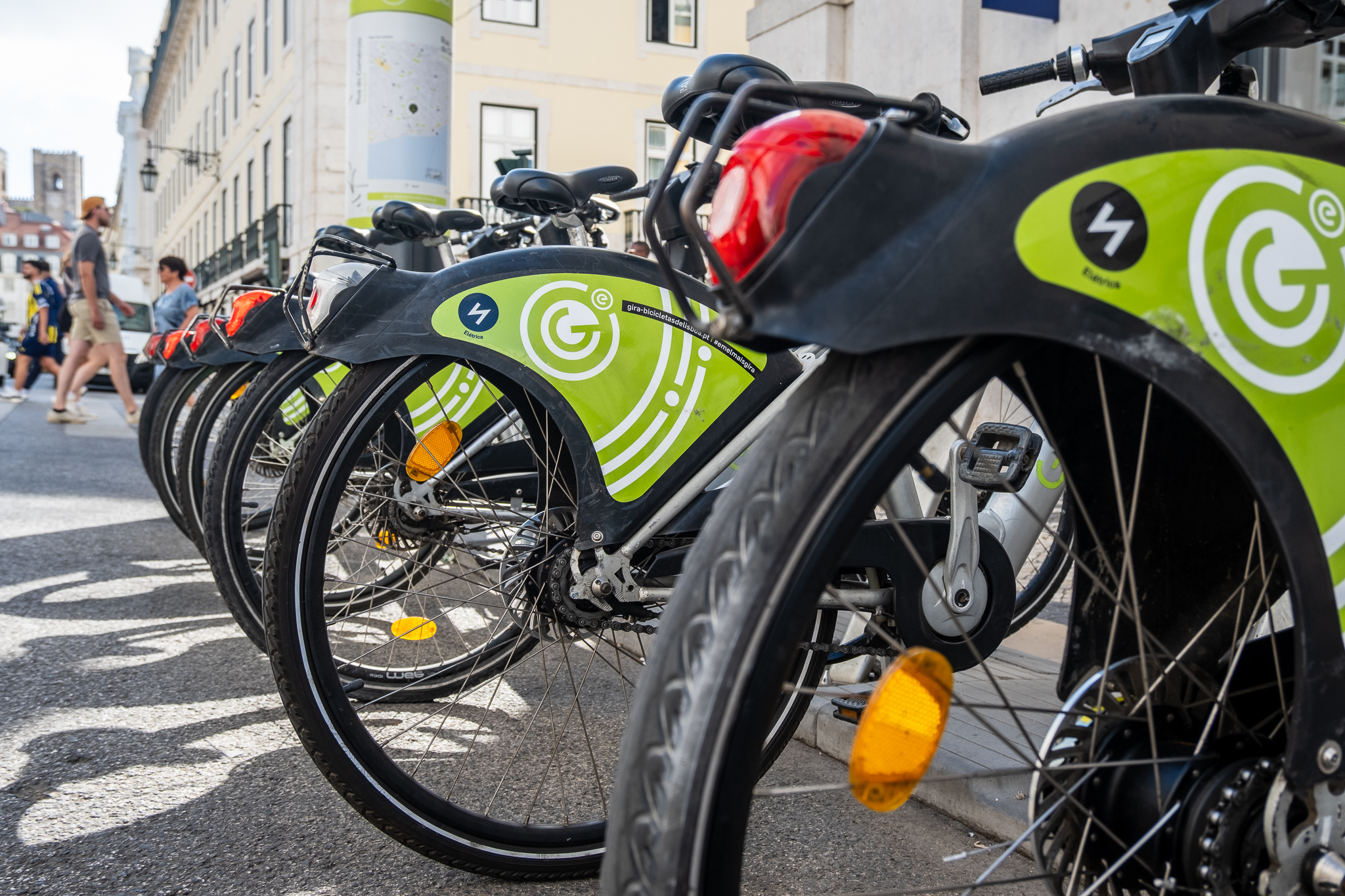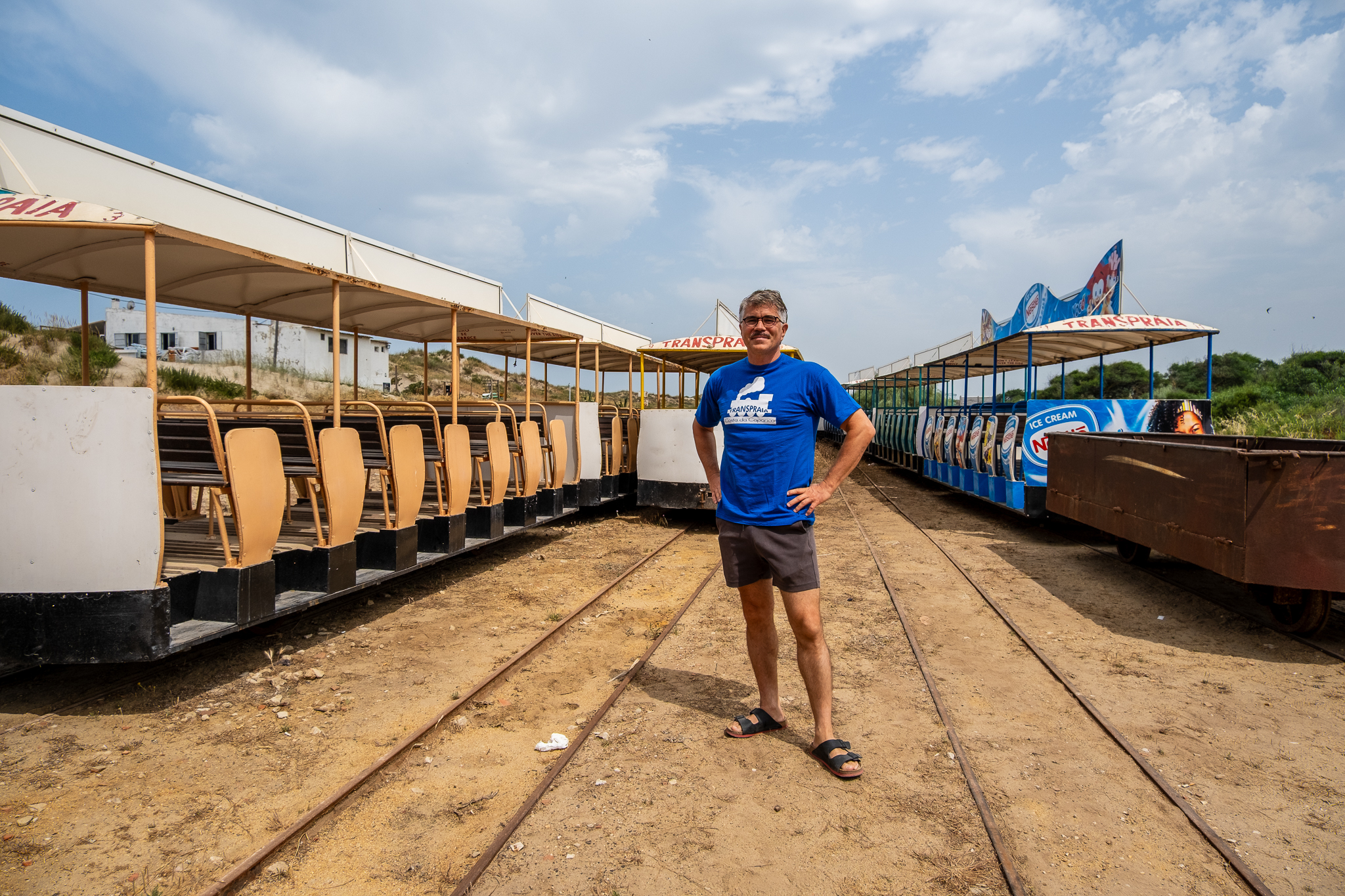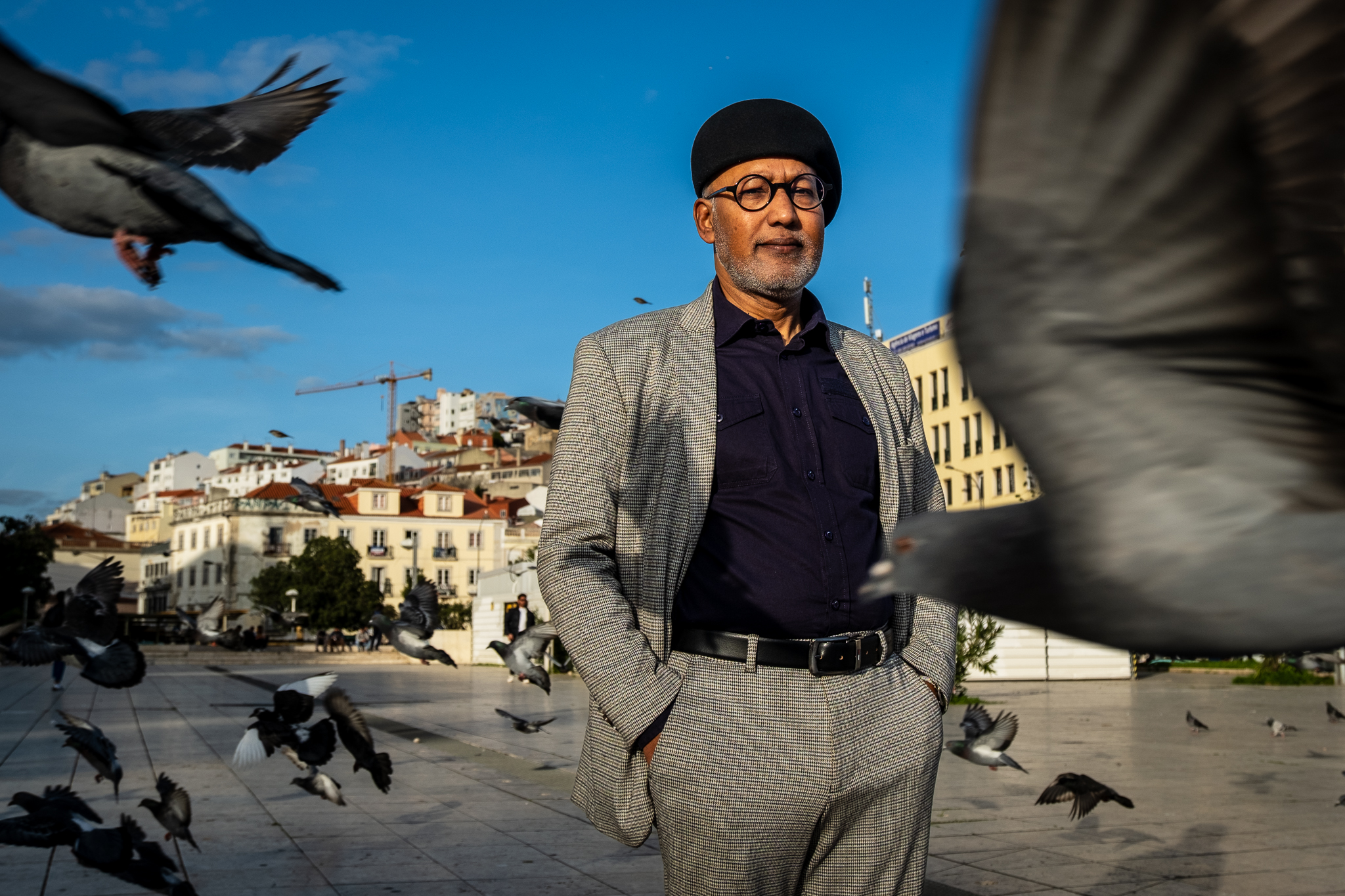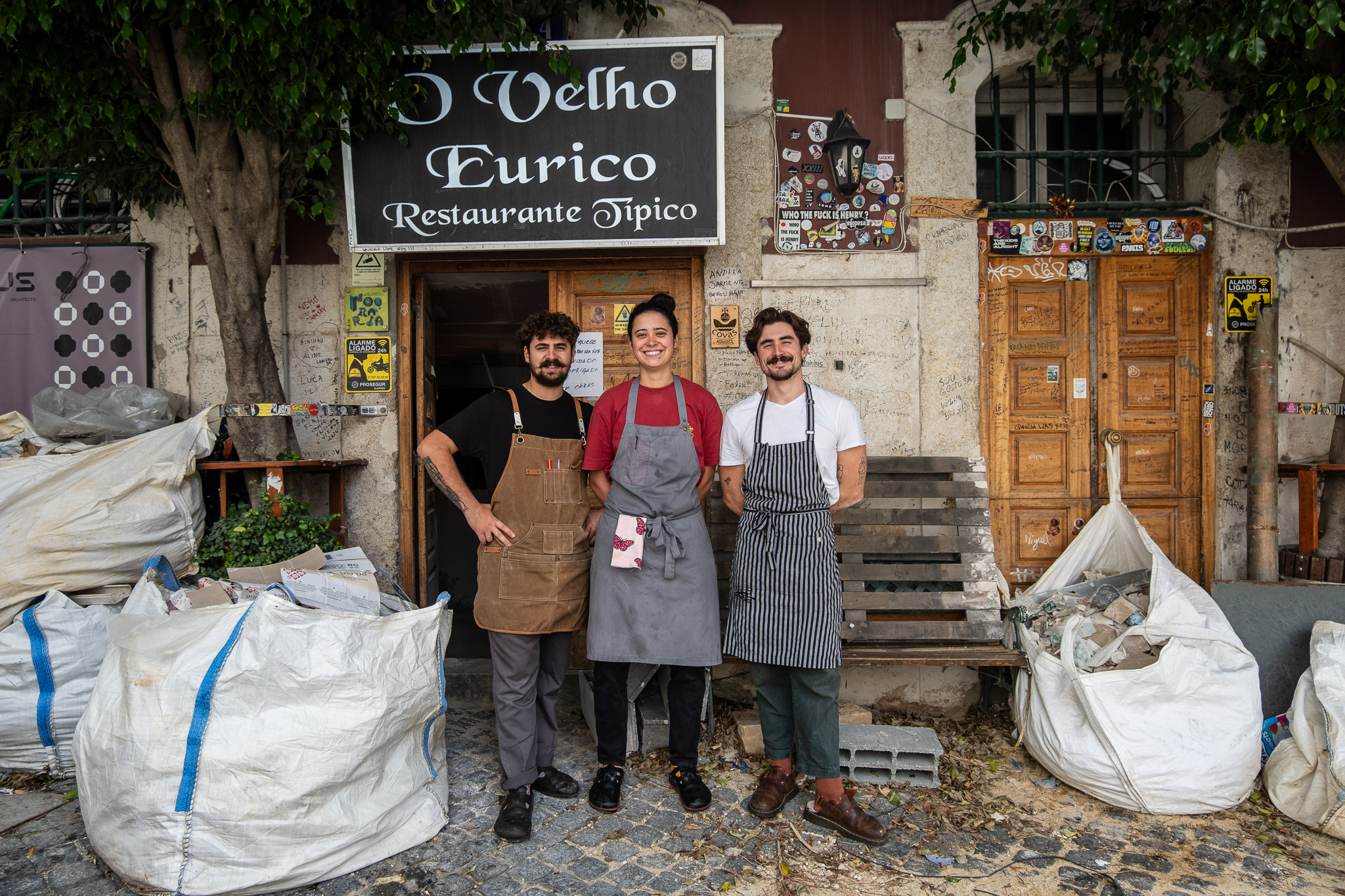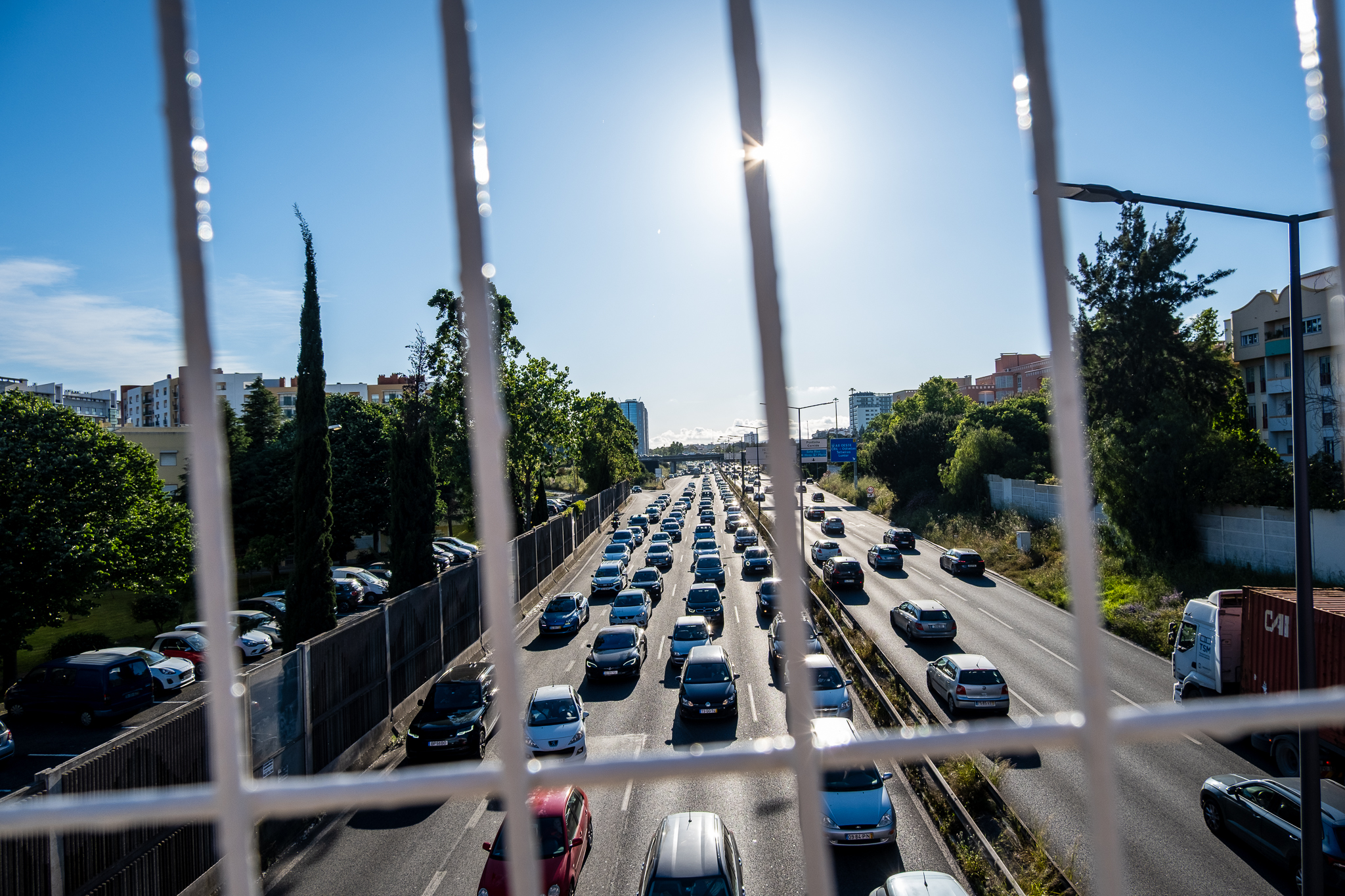Near the Gare do Oriente, the traffic lights still give priority to cars, even though it is an area with a lot of foot traffic.
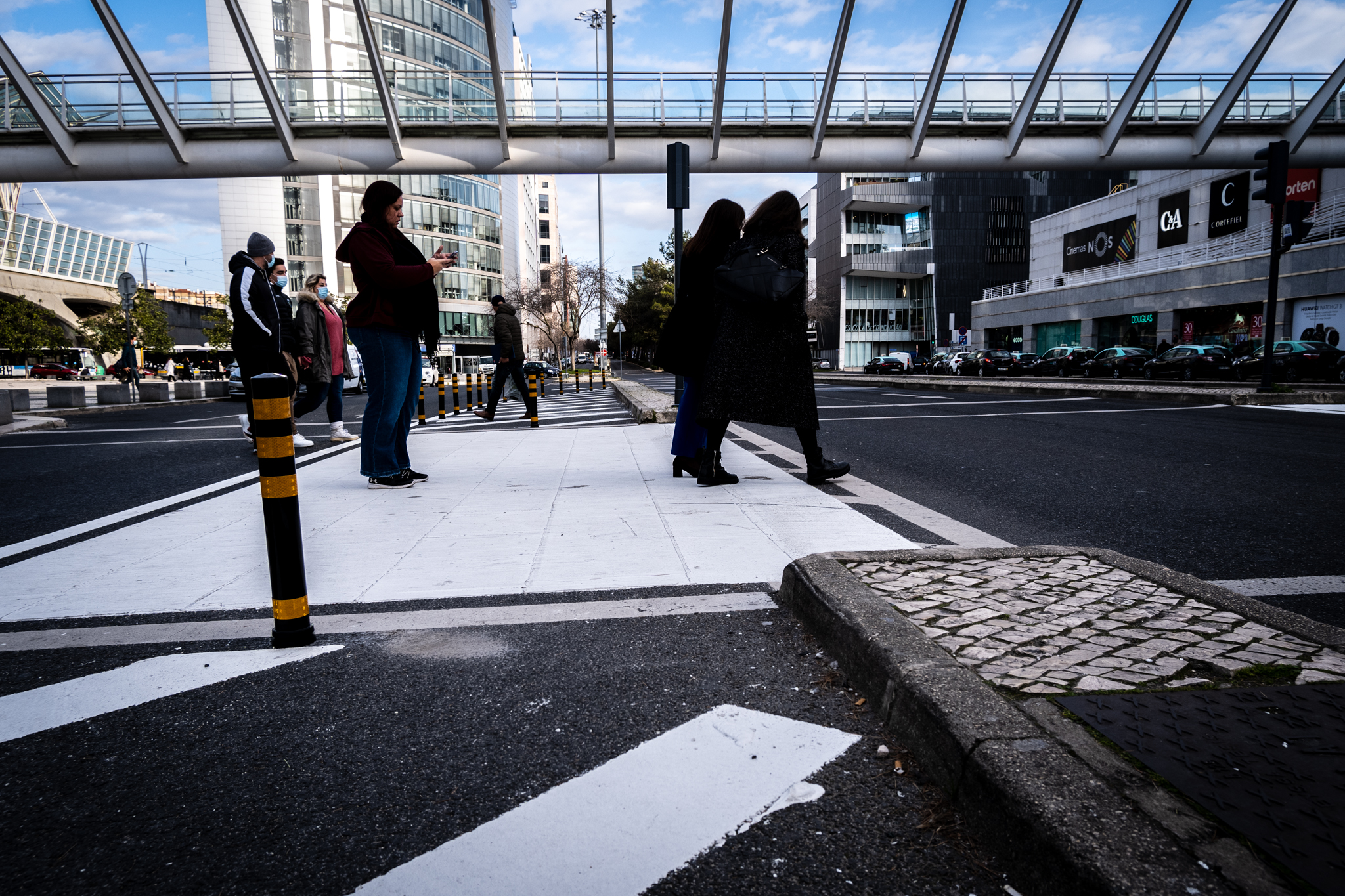
Little more than 20 seconds is the time pedestrians have to cross from the Oriente Station to the Vasco da Gama Shopping Center. Are nine lanes of transit e three intermediate waiting places where, if there is not time to cross everything, one can wait for a new green light. Now, these intermediate stops have been extended as part of an intervention by the Pedestrian Accessibility Plan in the area.
Pedestrians now have more waiting space between each part of the crossing, with the elimination of two traffic lanes, one in each direction. The work was executed with white paint and bollards, along with the introduction of comfortable sidewalk in the station square and at the intersections. Guides for the visually impaired were also installed, in an intervention similar to the one carried out at the Campo Grande interface.
At this intersection, however, it should be noted that the choice fell on giving pedestrians more room to wait rather than more time. According to the timers on the traffic lights, people have just over 20 seconds to cross the now seven lanes. Because of its proximity to the shopping center and the train station, one of the main stations in the country (with about 150 thousand passengers per day), this is a crossing that usually has a lot of pedestrian traffic, and at certain times more people will pass at each green light on foot than by car while the traffic light shows pedestrians red.
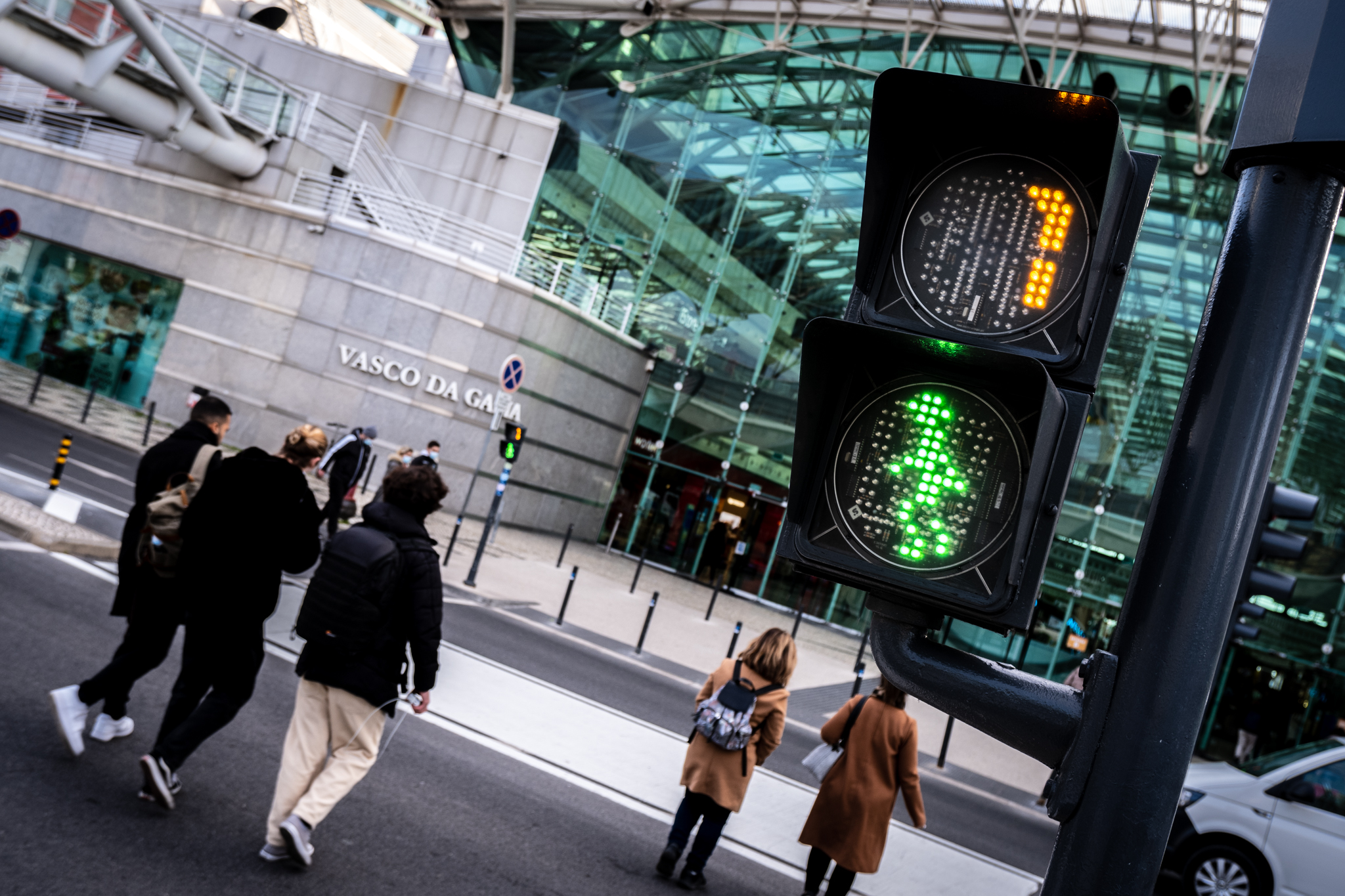
An interesting note: when the traffic light is green, the pedestrian "dummy" appears walking fast, as if indicating to people to hurry because the crossing time is short. Many end up taking their chances on red whenever no car comes - which is often the case - and for them, these new increased waiting islands can help. In conclusion, pedestrians have been given more space rather than time.
